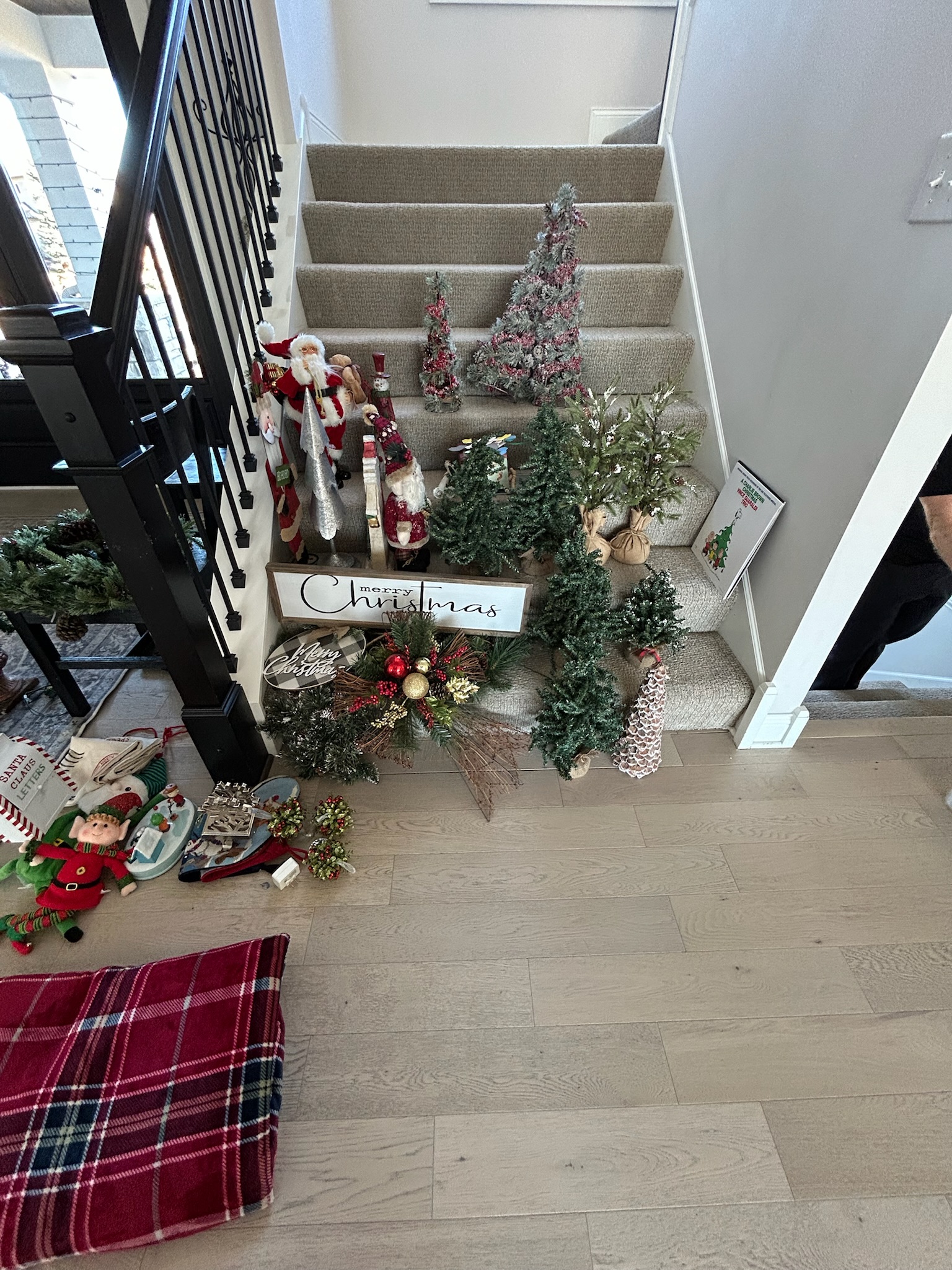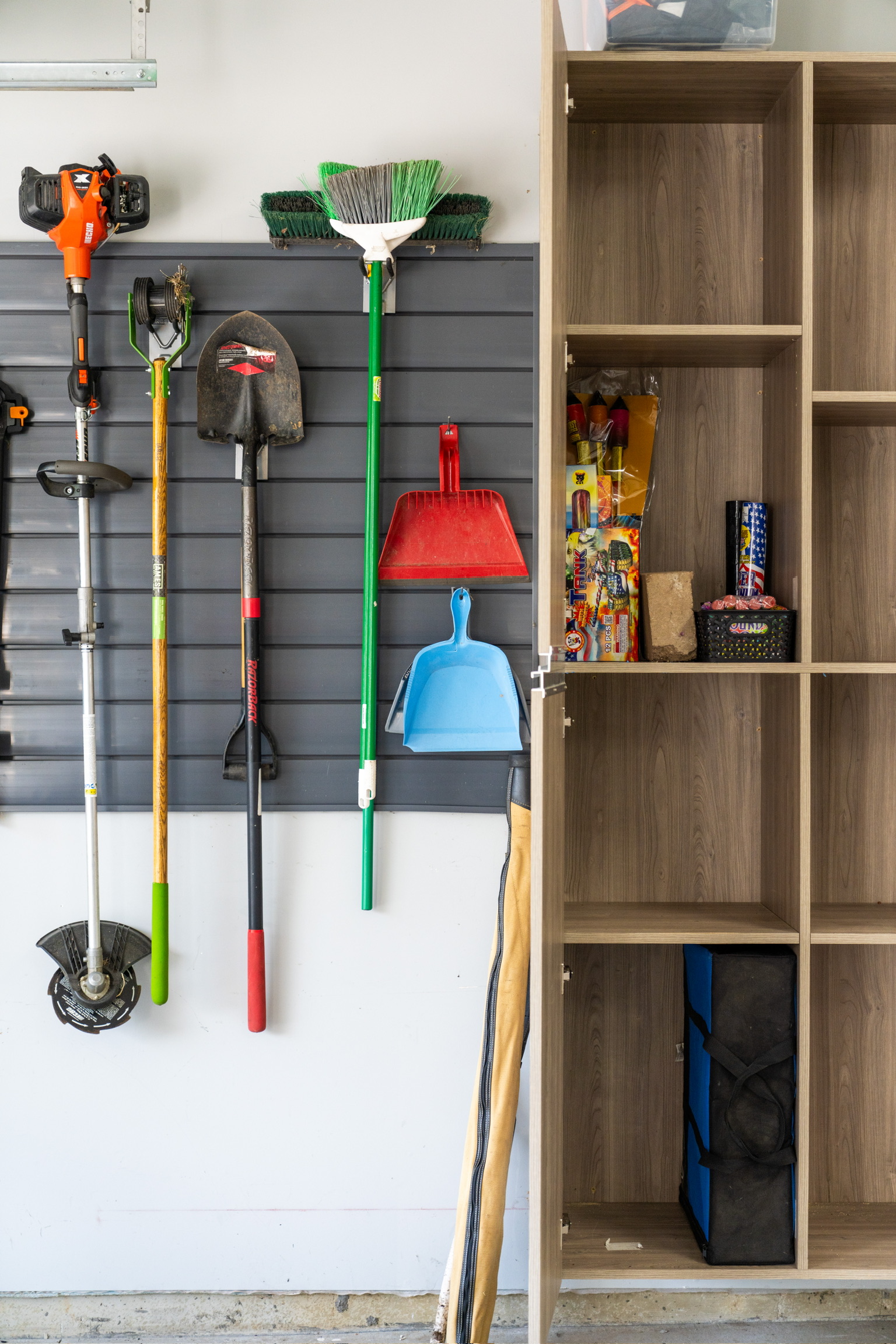By Jackie Leffner
Summer break is a magical time—long days, no homework, and endless opportunities for fun. But without a little structure, it can quickly turn into chaos. If you are a mom looking to keep your household running smoothly while still making room for joy, creativity, and a bit of downtime, this guide is for you.
Here is how to build a summer schedule that keeps everyone on the same page, balances fun with responsibility, and makes memories along the way.
🌅 Start with a Weekly Framework
Begin by sketching out a weekly rhythm. You do not need to plan every hour, but having a general structure helps kids know what to expect. Think of it like a flexible routine rather than a rigid schedule.
Example Weekly Flow:
- Monday: Home day (chores, crafts, reading)
- Tuesday: Outing day (zoo, museum, park)
- Wednesday: Water day (sprinklers, pool, splash pad)
- Thursday: Friend day (playdates or group activities)
- Friday: Fun Friday (movie night, ice cream outing)
🗓️ Create a Visual Schedule
Kids thrive on visuals. Use a whiteboard, chalkboard, or printable calendar to display the weekly plan. Include:
- Daily themes
- Meal plans
- Chore assignments
- Special events or outings
Let your kids decorate it or add stickers—it helps them feel involved and excited.
🧹 Balance Fun with Responsibility
Summer is for fun, but it’s also a great time to teach life skills. Build in age-appropriate chores and responsibilities each day. Keep it light and consistent.
Ideas:
- Make beds!
- Water plants
- Help prepare lunch.
- Tidy up toys.
- Fold laundry
Pair chores with rewards like extra screen time, a popsicle, or choosing the next family activity.
🎨 Mix in Creative Time
Set aside time each day for creativity—drawing, building, writing stories, or doing crafts. This gives kids a break from screens and encourages imagination.
Create a “boredom box” filled with supplies and activity cards they can pull from when they need inspiration.
📚 Keep Learning Light and Fun
Prevent the summer slide with short, engaging learning sessions. Aim for 15–30 minutes a day of reading, math games, or educational apps. Libraries often have summer reading programs with prizes—perfect motivation!
🧘 Do not Forget Downtime
Kids (and moms!) need time to rest. Build in quiet time after lunch or in the afternoon. This could be reading, puzzles, or just relaxing in their room. It helps reset energy levels and keeps the day from feeling too packed.
👨👩👧👦 Get Everyone Involved
Hold a quick family meeting each Sunday to review the week ahead. Let kids help choose activities, meals, or outings. When they feel ownership, they are more likely to cooperate.
A little planning goes a long way in making summer both fun and manageable. With a flexible routine, a mix of activities, and a dash of creativity, you can create a summer your kids will remember—and one you will enjoy too.







